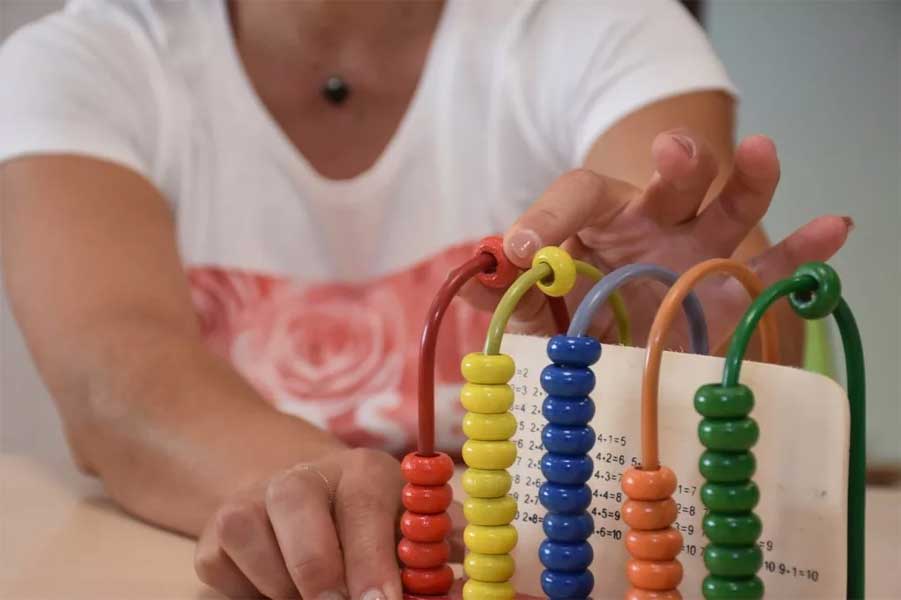Speech and occupational therapy play a pivotal role in addressing speech-language pathologies in children, offering pathways to improved communication and daily functioning. This comprehensive guide delves into the nuances of these therapies, both in the context of an occupational therapy clinic and occupational therapy at home.
Understanding Speech-Language Pathologies
Speech-language pathologies encompass a range of disorders that affect a child’s ability to communicate effectively. These disorders can manifest as difficulties in articulation, language comprehension, and social communication. Early intervention through speech therapy is crucial for mitigating long-term impacts and aiding in a child’s overall development.
The Role of Speech and Occupational Therapy
Speech therapy focuses on improving communication skills. This includes enhancing articulation, expanding vocabulary, and developing effective non-verbal communication strategies. Occupational therapy, on the other hand, targets a broader spectrum. It aims to enhance a child’s ability to perform daily activities independently, thereby supporting their overall development.
Occupational Therapy Clinic vs. Occupational Therapy at Home
The setting for occupational therapy can significantly impact its effectiveness. An occupational therapy clinic is equipped with specialized tools and a controlled environment conducive to structured therapy. Here, therapists can work on specific skills using a range of equipment designed to enhance motor skills, sensory processing, and cognitive abilities.
Conversely, occupational therapy at home has the advantage of being in a familiar environment. It allows therapists to tailor strategies that align with the child’s daily routines, making the therapy more relevant and immediately applicable. Integrating therapy into everyday activities can also help in generalizing skills learned during therapy sessions.
Integrating Speech Therapy with Occupational Therapy
Combining speech therapy with occupational therapy offers a holistic approach. While speech therapy addresses communication barriers, occupational therapy assists in overcoming challenges encountered in daily activities. For instance, a child with articulation difficulties may also struggle with feeding, which can be addressed through occupational therapy.
Techniques and Strategies in Therapy
Therapists employ various techniques to address individual needs. In speech therapy, strategies might include phonetic drills for articulation disorders or language exercises for expressive and receptive language issues. In occupational therapy, therapists might use sensory integration techniques or fine motor skill exercises to enhance a child’s ability to perform daily tasks.
Family Involvement in Therapy
Family involvement is integral to the success of both speech and occupational therapy. Therapists often provide families with strategies to reinforce skills at home. This can include language stimulation activities or exercises to improve motor skills. Such collaboration ensures that therapy extends beyond the clinic or session, embedding it into the child’s daily life.
Measuring Progress and Outcomes
Assessing progress in speech and occupational therapy is multifaceted. It involves tracking improvements in specific skill areas, observing changes in daily functioning, and evaluating the child’s ability to communicate effectively in various settings. Regular assessments help in tailoring therapy to meet evolving needs.
Challenges and Considerations
One of the key challenges in speech and occupational therapy is maintaining engagement, especially in young children. Therapists often use play-based approaches to keep children motivated. Additionally, each child’s unique cultural and linguistic background should be considered to ensure therapy is relevant and respectful.
The Importance of Early Intervention
Early intervention in speech and occupational therapy can significantly alter a child’s developmental trajectory. It can lead to better outcomes in terms of communication skills, social interactions, and academic performance. Early therapy can also alleviate potential frustrations and behavioral issues stemming from communication difficulties.
The Future of Speech and Occupational Therapy
Advancements in technology are continually shaping the landscape of therapy. From interactive software to virtual reality, new tools are being integrated into therapy to enhance engagement and effectiveness. Moreover, ongoing research in speech-language pathologies is leading to more targeted and individualized therapy approaches.
Conclusion
Speech and occupational therapy are crucial in addressing the multifaceted needs of children with speech-language pathologies. Whether in a clinic or at home, these therapies offer valuable support, aiding children in reaching their full potential in communication and daily functioning. Through continued research and innovation, therapy strategies will evolve, further enhancing the support provided to children and their families.


